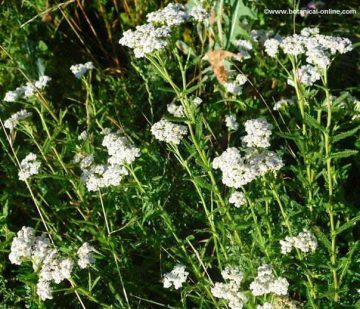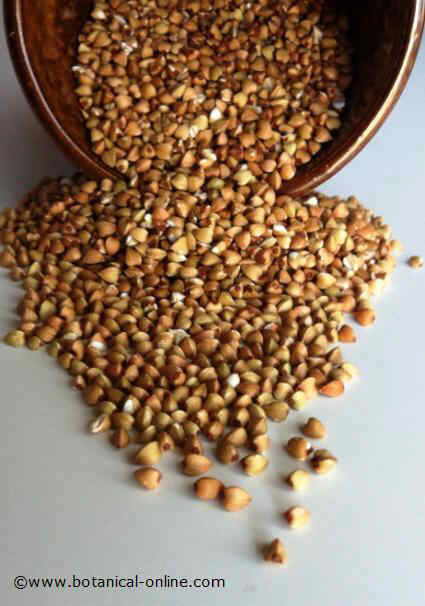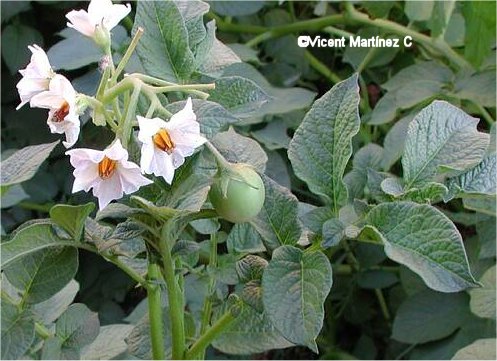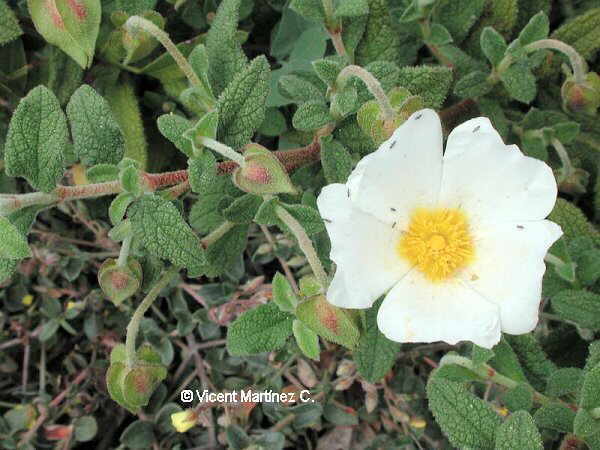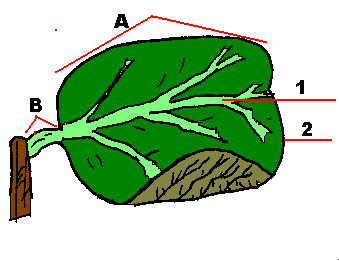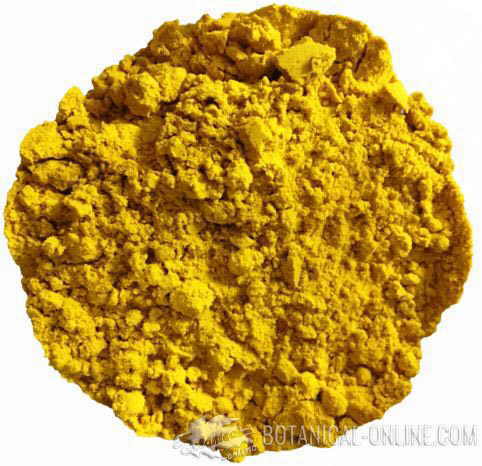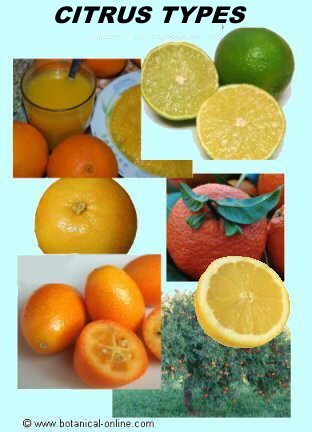Contents
What causes convulsions?
What does convulsive mean?
It is said that a principle is convulsive when it is capable of producing convulsions, understood this phenomena, in its physical sense as “intense and involuntary contraction of the muscles of the body, of pathological origin”
Are there plants that can trigger convulsions?
Many medicinal plants contain convulsive principles, that is to say, taken in higher doses than recommended, they could produce convulsions.
Similarly, people prone to convulsions should not take these plants or talk to a specialist before taking preparations with these plants.
What plants can trigger convulsions?
The main principles and plants with convulsive properties are the following:

Yarrow leaves are rich in cineole, a convulsive principle Cineol: Plants rich in this principle are, for example, the following: Yarrow (leaves), wormwood (Artemisia spp.) (Plant) (essential oil), wild chili pepper (Capsicum frutescens) (fruits), camphor tree (Cinnamomum camphora) (leaves), Roman chamomile (Chamaemelum nobile) (whole plant), essential oil of lemon, coriander (fruits), cumin (Cuminum cyminum) (fruits), eucalyptus (leaves), fennel (plant), hyssop (Hyssopus officinalis) (sprouts), juniper (plant), laurel (plant), ginger (root), etc.
- Menthol
- Thujone
- Ricin: Among the plants that contain it we have the seeds of tcastor bean and the seeds of purging croton (Croton tiglium)
- Ricin: Contained in castor bean
- Morphine: Plants that contain it are: opium (plant, seeds, latex, root, leaves), California poppy (Eschscholzia californica subsp. Californica), holy thistle (Argemone mexicana) (Plant) or Iranian poppy (Papaver bracteatum) (Plant)
- Hydrastine: Hidrastis (Hydrastis canadiensis) (plant), or common barberry (Berberis vulgaris) (Plant).
- Camphor: Plants rich in camphor are in order of importance: Yarrow (leaves), dill (Anethum graveolens) (root), wild chili pepper (Capsicum frutescens) (fruits), camphor tree (Cinnamomum camphora) (leaves), coriander ( seeds), carrot (seeds), fennel (seeds), laurel (plant), lavender (sprouts), oregano (plant), thyme (plant), mints (Mentha spp.) (plant), rosemary (Rosmarinus ssp ) (sprouts), pennyroyal (plant), etc.
- Pinene: Plants rich in pinene are: wormwood (plant), Roman chamomile (Chamaemelum nobile) (whole plant), eucalyptus (leaves), essential oil of St. John’s wort, prickly juniper (Juniperus oxycedrus) (fruits), avocado (leaves ), sage (Salvia officinalis), southernwood (plant) or chasteberry.
- Pinocamphone: Among the plants that have this component we have: Roman chamomile (Chamaemelum nobile) (whole plant), hyssop (Hyssopus officinalis) (flowers, leaves and sprouts) or spearmint or garden mint (Mentha spicata) (leaves )
- Isopinocamphone: Plants that contain this principle are: Aralia cordata (plant), ground-ivy (Glechoma hederacea) (Plant), hyssop (Hyssopus officinalis) (flowers, leaves and sprouts), peppermint or garden sandalwood (Mentha spicata) (leaves) or tansy.
- Candicin: Among the plants that have this principle are, for example: Barley (tender sprouts) or peyote (the whole plant).
![]() More information on plants
More information on plants

